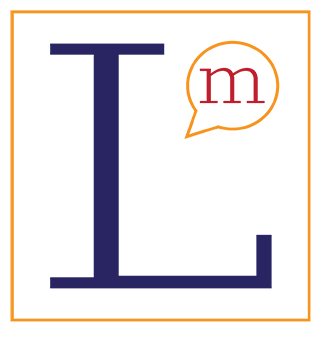Understanding CEFR Language Levels: A1 to C2 Explained
The Common European Framework of Reference for Languages (CEFR) provides a standardized scale to assess language proficiency, ranging from A1 (beginner) to C2 (mastery). This article demystifies each level, helping learners set goals and understand their progress.

Table of Contents
What are the CEFR language levels?
At its core, the CEFR offers a standardized way to describe and measure language proficiency. The framework divides proficiency into six levels: A1, A2, B1, B2, C1, and C2, each encompassing incremental language abilities.

CEFR levels defined
The CEFR divides language proficiency into six levels: A1, A2, B1, B2, C1, and C2. Each level encompasses specific proficiency markers, allowing learners to understand their current language level and what is required to progress.
It’s important to keep in mind that each level can also be broken down into percentiles. So, it’s possible for a learner to be a low-B1 or high-B1 as opposed to simply B1 or B2.
This said, most tests don’t make this differentiation, meaning that the general understanding of the different levels tends to be too clear-cut.

Common misconceptions about the Common European Framework of Reference
The Common European Framework of Reference (CEFR) is helpful, but several misconceptions persist. Some believe proficiency can only be assessed through formal CEFR-aligned exams, when in fact the framework supports self-assessment and informal learning.
Language schools and institutions aren’t obligated to follow CEFR definitions strictly—an A2 course might be labeled B1. Also, reaching a higher CEFR level doesn’t mean complete language mastery, as language acquisition continues beyond any set level.

Language Certifications and CEFR Alignment
Many tests and certifications, such as the DELF/DALF for French, the Goethe-Zertifikat for German, and the Cambridge English exams, align their test categories and passing grades with the CEFR levels and taxonomies. This alignment ensures that these certifications are internationally understood.
Certifications like DELF/DALF assess both spoken language and written language proficiency, emphasizing the importance of written skills for professional and technical communication.
Theory vs. Practice in CEFR Testing
It’s essential to remember that examining bodies don’t have to answer to the CEFR creators in order to use their evaluation grid. They can set the bar of C1 at a high B2 level or a C2 at a high B2.
Test results reflect the vision of the test creator and not that of the CEFR.
The standardized frame for referring to the language doesn’t ensure a standard for testing. There are many tests, a few of which are internationally recognized. Testing methods vary considerably, and results may differ significantly from one test to another.
The same can be said of language courses. It isn’t uncommon for language schools to label an A2 course as a B2 course. This is a great way to make their students think they’re progressing and recommend the school.

CEFR Self-Assessment
CEFR provides a self-assessment grid in 32 languages that can be used to self-assess one’s current level.
There’s quite a disparity between the official outline of the linguistic levels on the global scale of the CEFR website vs. the language self-assessment on the same CEFR website.
Why Some People Never Reach C1 or C2
Time Estimates to Progress Between Levels
There’s no fixed timeline for moving up CEFR levels. Progress depends on motivation, exposure, method, and prior experience.
Generally:
- 0 to A2: 40–60 hours + basic use outside class
- A2 to B1: 50–70 hours + regular practice
- B1 to B2: 100–150 hours + sustained exposure
While you may see rapid progress at beginner levels, later stages require more effort and language acquisition beyond memorized vocabulary. True improvement involves practical fluency and consistent interaction with the language.

Summary: Navigating Language Proficiency with the CEFR
The CEFR outlines a clear path from basic skills to advanced fluency, helping learners understand their level and plan their language journey.
While many tests align with CEFR levels, differences in methods and standards make interpretation essential.
Achieving C1 or C2 requires more than study—it demands sustained immersion and regular exposure. True language acquisition involves understanding nuance, implicit meaning, and specialized domains.
Progress depends on motivation, environment, and consistency. The framework supports realistic goals and reminds learners that mastering a language is a continuous, evolving process.

The author:
My Linguistics specializes in creating language acquisition methods for teachers and students. Our Swiss-based training center serves as a testing ground for our method.
We’re passionate about helping people unlock the power of language and communication, and we’re committed to providing the resources and support needed to achieve fluency.
My Linguistics school: https://mylinguistics.com/



